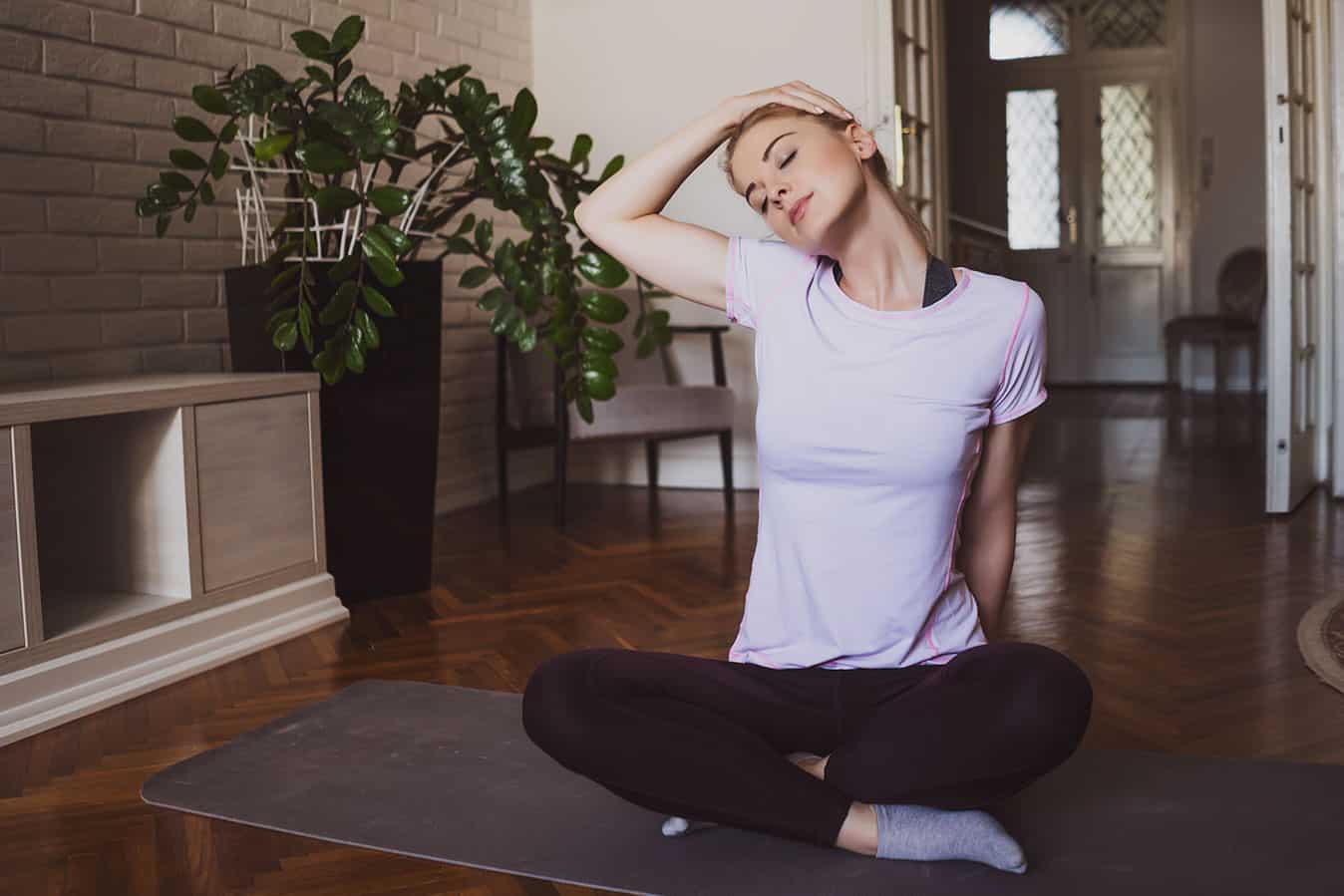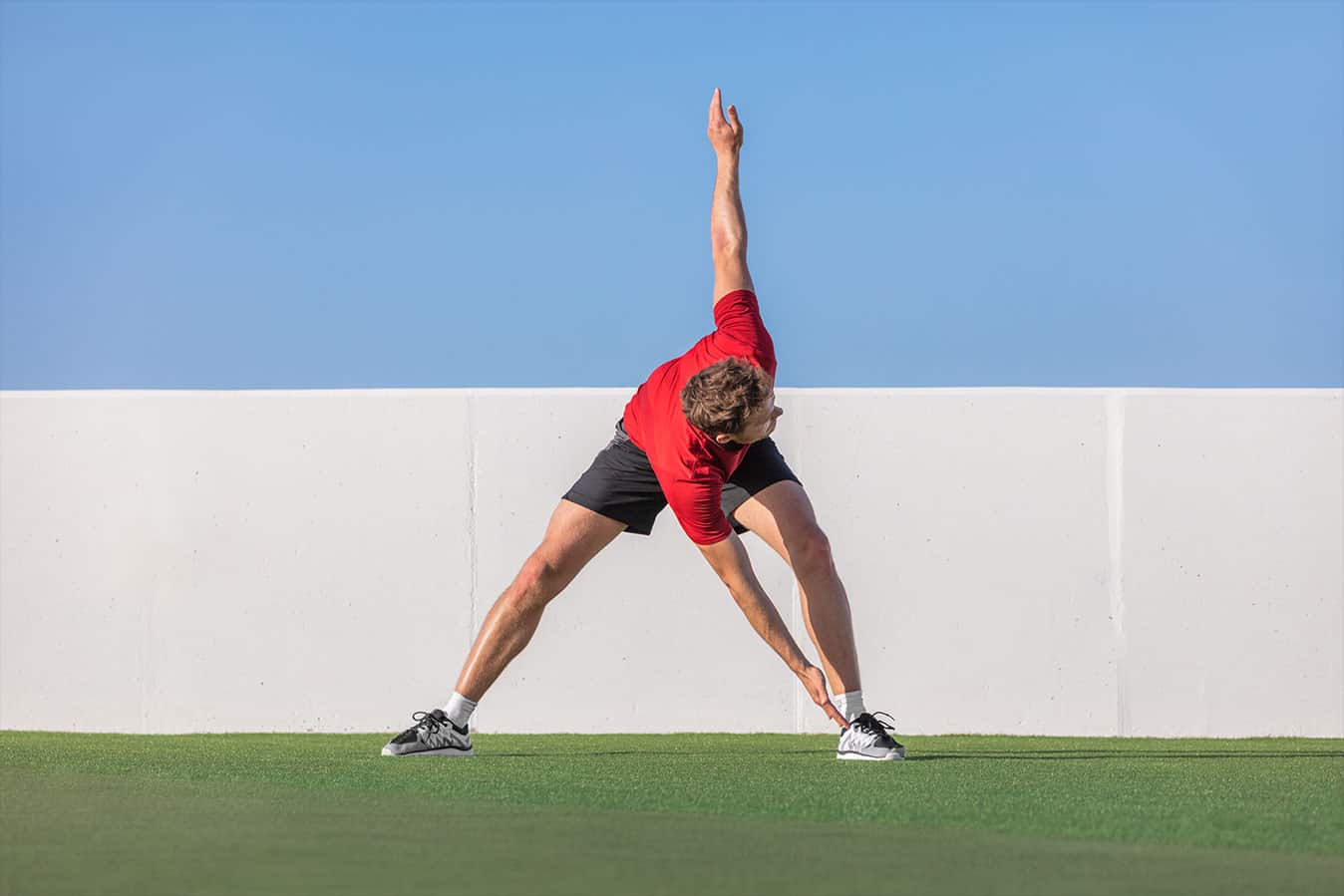In physically demanding professions like nursing and midwifery, chronic back and neck pain can be common. Because of the work nurses and midwives do, they are often required to spend long periods standing or walking around, and together with repeated bending and heavy lifting, this can lead to pain and injury.
According to physiotherapist Laura Gentile, of Revive Physio, healthcare professionals understand the importance and the benefits of regular exercise, especially in order to keep up with the work demands and avoid problems.
Still, it can sometimes be difficult to find the time to incorporate exercise and physical activity into daily routines.
Laura shares 5 exercises nurses and midwives can do, without any equipment, to keep mobile and protect their spines from injury.
- Extension in standing
This exercise helps reduce pressure in the lower back after periods of bending or leaning forward, says Laura.
Stand with feet comfortably apart and hands placed against the back of the pelvis. Arch backward only as far as comfortable while supporting lower back with hands. Be sure to keep your head in line with your body, not tipped back. You should feel a comfortable stretch or pressure, but no pain, and this should ease as you perform more repetitions. You should not continue the exercise if pain is increasing. Repeat for 10 repetitions, 3 times per day.
- Seated glute stretch
With constant standing, walking and bending, the gluteal muscles (the muscles in your bottom) can become overworked and tight, says Laura. Regular stretching will help to relieve pain and tension in these muscles.
Sit on the edge of a chair with knees bent to 90o. Cross one ankle onto the opposite knee and allow the knee of the leg that is crossed to fall towards the floor. Apply gentle pressure to that knee and lean forward slightly until you feel a stretch in the back of the hip on the leg that is crossed over. Hold for 30 seconds before changing sides and repeating.
- Windmill stretch
According to Laura, this exercise is great for loosening up through hips, hamstrings, and the lower back, as well as helping with mobility into the middle back.
Stand with your feet wide and your arms stretched out to your sides. Bend forward and down as you rotate towards one side while reaching your extended arm to the opposite foot. Come back up to standing, with your arms still extended to the sides, then rotate towards the other foot. Continue to alternate sides for 10 repetitions.
- Shoulder blade squeezes
Nurses and midwives spend a lot of time reaching forward, whether that be in caring for patients, or at a computer writing notes. This can result in a protracted posture at the shoulders which then places increased stress on the neck and upper back, says Laura.
This exercise will help to strengthen the muscles between the shoulder blades while opening through the front of the chest.
Standing/sitting, with good posture, reach your arms behind your back and join your hands. Squeeze your shoulder blades together, hold the contraction for 5 seconds and then relax. You will feel a muscular contraction around and between your shoulder blades. Repeat for 10 repetitions.
- Neck (upper trapezius) stretches
Pain and tension in the neck is another very common complaint amongst nurses and midwives, often relating to heavy lifting, forward bending postures and stress.
This stretch for the large muscle on the sides of your neck is excellent to help relieve any tension, says Laura.
Bend your neck to the side by taking your left ear towards your left shoulder. Now tuck your chin towards your chest. This will allow you to feel a stretch at the back and side of your neck. To increase the stretch, you can use your hand to assist by applying gentle pressure through the top of your head. Hold the stretch for 30 seconds then relax and repeat on the other side.

It’s important to note that these exercises are general in nature and don’t take the place of specific medical advice, Laura stresses.
“They should not be causing any pain or discomfort, but should help to provide relief from the demands of an extremely busy and physical job. For any concerns, seek the advice of your healthcare professional.”
Laura Gentile is a physio at Revive Physio, Victoria









One Response
These are great stretches